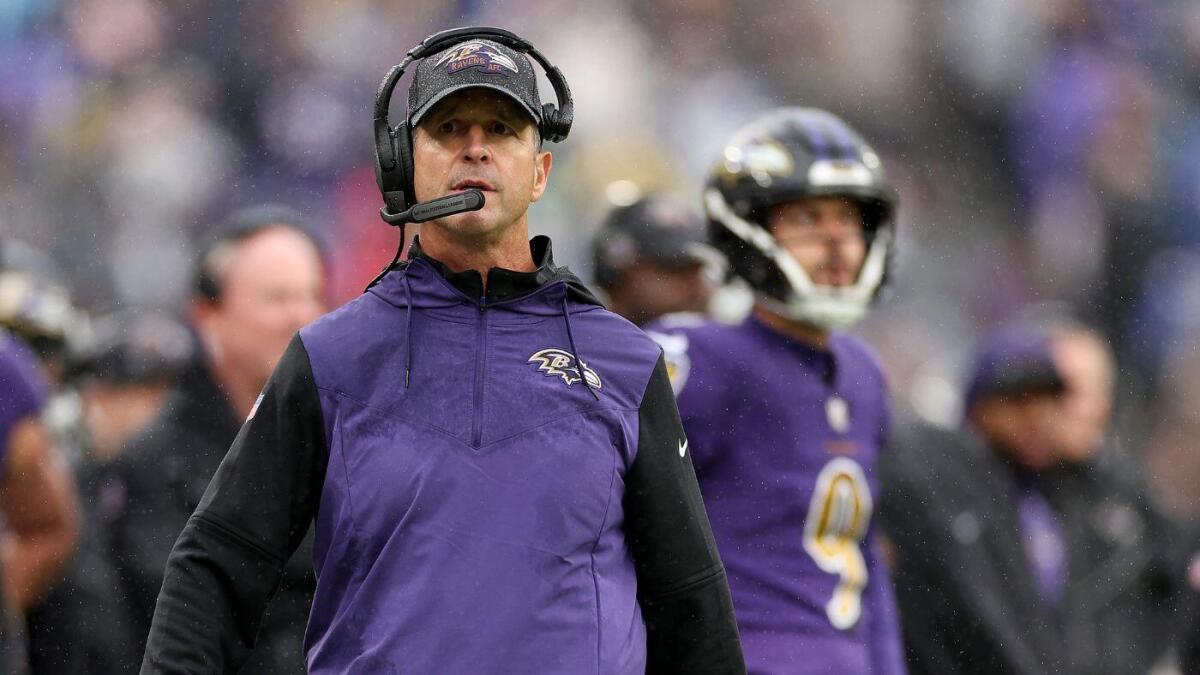Analyzing the Complexity Behind Justin Tucker’s Release from the Baltimore Ravens
The recent release of Justin Tucker by the Baltimore Ravens has sparked considerable attention and debate, with the team’s head coach John Harbaugh providing some rare, candid insights into what he describes as a “complex” and “multi-layered” decision-making process. Though the headlines mention football reasons, the reality beneath the surface reveals challenging dimensions that blend sports, ethics, public image, and management decisions.
—
The Context: Justin Tucker’s Role and the Allegations
Justin Tucker is widely regarded as one of the most reliable and talented kickers in the NFL, recognized with multiple All-Pro honors. His release was initially surprising on a purely football level, considering his consistent on-field performance. However, the backdrop complicates the narrative: reports surfaced involving serious allegations of sexual misconduct during massage therapy sessions by multiple women. These accusations inevitably influenced the Ravens’ decision, bringing a heavy ethical and reputational dimension to an otherwise sports-driven evaluation.
—
John Harbaugh’s Explanation: A Football Decision with Complex Layers
Harbaugh’s choice of words—“complex,” “multi-layered,” “complicated”—offers a window into the internal deliberations within the Ravens’ organization. Contrary to a simple performance-based roster move, the decision involved multiple stakeholders, including team ownership, the president, the general manager, and the coaching staff. Harbaugh repeatedly emphasized that while the decision was grounded in football, it was not straightforward.
This insistence suggests a balancing act:
– Football Considerations: Despite the off-field issues, the decision still had to evaluate gameplay reliability, team dynamics, and future potential with or without Tucker.
– Ethical and Public Relations Concerns: The accusations against Tucker presented a reputational risk. The Ravens likely weighed the potential fallout from retaining a player embroiled in such controversies against the impact on team culture and fan support.
– Organizational Alignment: The involvement of multiple high-level executives points to a unified, strategic approach rather than a unilateral coaching decision, reflecting the gravity and sensitivity of the matter.
—
The Football Dimension: Why Making a “Football Decision” Was Challenging
Harbaugh underscored that the choice to cut Tucker was made despite not seeing him in action since the season’s end. This absence of recent performance data made evaluation harder, compelling the Ravens to rely on past performance, projected potential of backups or new kickers, and intangible factors such as team chemistry.
Given the fungible nature of kickers—as mentioned in some analyses—the Ravens may have felt they had viable alternatives. Still, releasing a premier player always carries inherent risks to team success.
—
Public and Media Reactions: Navigating a Difficult Landscape
The timing and nature of the controversy thrust the Ravens into intense media scrutiny. Harbaugh’s public remarks—the first since Tucker’s release—sought to reassure stakeholders that the decision was carefully weighed and not made impulsively or without due consideration.
By framing the release as “multi-layered” and stressing the involvement of multiple decision-makers, Harbaugh aimed to convey transparency and responsibility, signaling that the organization took the matter seriously on multiple fronts.
—
The Broader Implications: Ethics, Team Culture, and Leadership
This situation exemplifies the challenges professional sports teams face in today’s climate, where on-field talent must be balanced against players’ off-field conduct and the organization’s values. It spotlights how decisions are no longer binary evaluations of skill but are increasingly influenced by ethical stewardship, stakeholder expectations, and brand integrity.
For the Ravens, the decision could influence:
– Player Relationships: Demonstrating that misconduct has consequences may set a precedent internally.
– Fan and Community Trust: Addressing allegations decisively can help maintain or restore public confidence.
– Future Recruitment: The organization’s stance on behavior impacts how current and prospective players view the team.
—
Conclusion: A Reflection of Modern Sports Decision-Making
The Ravens’ release of Justin Tucker goes beyond a mere roster cut; it embodies the intertwining complexities of modern professional sports, where football prowess intersects with social responsibility and organizational ethics. John Harbaugh’s description of the process as “complex” and “multi-layered” encapsulates how a football decision today often requires navigating uncharted terrain of morality, public relations, and leadership accountability. This episode serves as a potent reminder that teams operate within a broader societal context, where decisions resonate far beyond the field.





